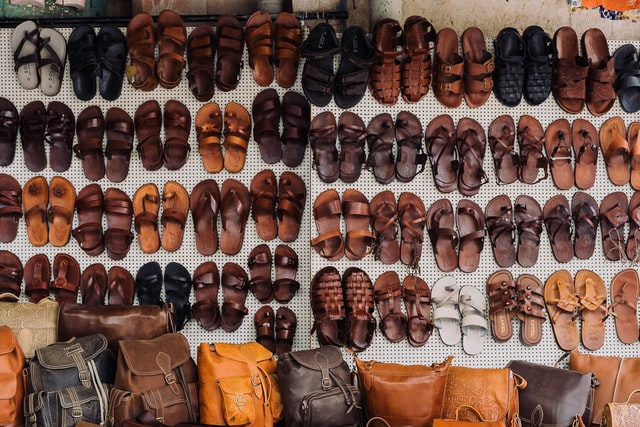Sudan possesses over 100 million livestock, including camels, cattle, sheep, and goats, and significant wildlife resources, making it one of Africa’s richest countries in animal resources. Despite this, the leather industry remains underdeveloped, with Sudan exporting most hides as raw materials and importing finished leather products, resulting in millions of dollars lost.
Leather tanning in Sudan began in 1945 with Abdel Aziz Khalifa Tannery in Omdurman, initially producing military boots. The National Hides and Skin Center (NHSC), also established in 1945, provides scientific guidance, training for slaughterers, licensing, and quality monitoring. However, weak enforcement of leather value chains, outdated laws, and political and administrative challenges have limited market demand and quality control.
Key issues include improper slaughtering, skin blemishes, lack of transport facilities, insufficient water and electricity in slaughterhouses, and smuggling of hides to West Africa. Proposed legal amendments aim to modernize regulations, provide incentives for compliance, penalize violations, and establish a Leather Committee to oversee quality.
Dr. Salah Mukhtar highlights the need for modern slaughterhouses, tanneries, mobile facilities for safe skin processing during festivals, and incentives for investors, particularly in Darfur and Gaili town, where a $800 million leather industry city is proposed. Strategic development, including banning raw hide exports by 2024, could significantly increase Sudan’s economic gains from its vast livestock resources.






